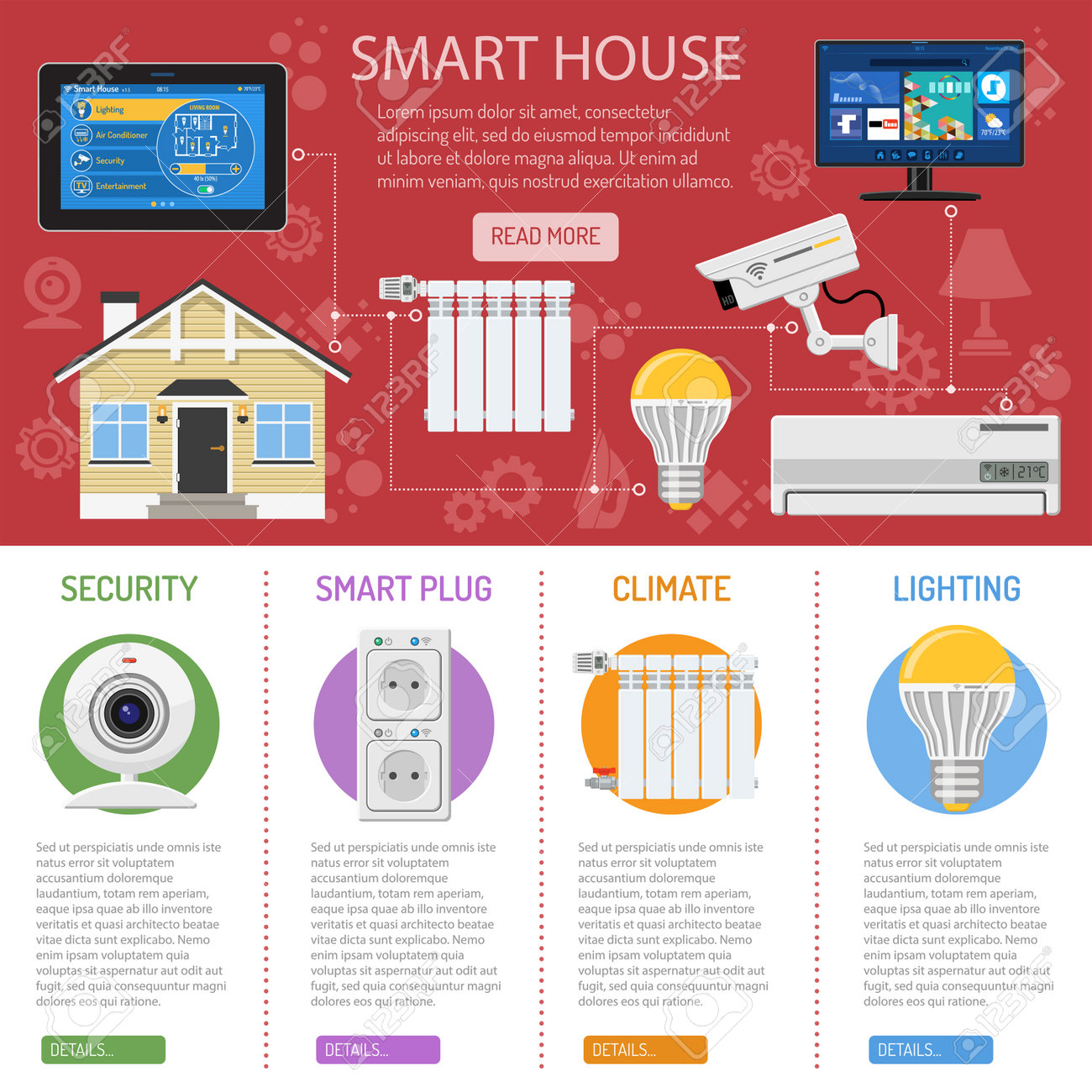The Future Of Home Home Heating - Just How Heatpump Modern Technology Is Progressing
The Future Of Home Home Heating - Just How Heatpump Modern Technology Is Progressing
Blog Article
Created By-Skaaning MacGregor
Heat pumps will certainly be a crucial modern technology for decarbonising heating. In a situation constant with federal governments' announced power and climate commitments, their international ability doubles by 2030, while their share in home heating rises to one-quarter.
They work best in well-insulated homes and rely upon electricity, which can be provided from an eco-friendly power grid. Technical breakthroughs are making them extra efficient, smarter and less expensive.
Fuel Cells
Heat pumps make use of a compressor, cooling agent, coils and followers to move the air and heat in homes and home appliances. They can be powered by solar energy or electrical energy from the grid. They have been acquiring appeal as a result of their inexpensive, quiet procedure and the ability to produce electrical power throughout peak power demand.
Some companies, like IdaTech and BG MicroGen, are dealing with fuel cells for home heating. These microgenerators can replace a gas boiler and produce some of a home's electric demands with a connection to the power grid for the remainder.
But there are factors to be doubtful of using hydrogen for home heating, Rosenow states. It would be pricey and inefficient contrasted to various other technologies, and it would contribute to carbon discharges.
Smart and Connected Technologies
Smart home innovation permits home owners to connect and regulate their tools remotely with using smartphone applications. For example, clever thermostats can discover your heating choices and instantly get used to enhance power intake. simply click the up coming webpage can be regulated with voice commands and immediately shut off lights when you leave the room, reducing energy waste. And smart plugs can monitor and handle your electrical use, enabling you to recognize and limit energy-hungry appliances.
The tech-savvy home portrayed in Carina's interview is a great illustration of how passengers reconfigure space heating techniques in the light of brand-new wise home technologies. They count on the tools' automatic functions to carry out day-to-day changes and regard them as a hassle-free means of performing their heating practices. Because of this, they see no factor to adapt their methods further in order to enable adaptability in their home energy need, and treatments aiming at doing so may face resistance from these households.
Electricity
Given that heating up homes represent 13% of US exhausts, a button to cleaner options could make a large distinction. Yet the technology faces difficulties: It's costly and needs substantial home renovations. And it's not always suitable with renewable energy resources, such as solar and wind.
Till just recently, electric heat pumps were too pricey to take on gas models in most markets. Yet brand-new advancements in style and products are making them more budget friendly. And far better cool environment performance is enabling them to work well also in subzero temperatures.
The next step in decarbonising home heating might be making use of heat networks, which attract warmth from a central source, such as a close-by river or sea inlet, and disperse it to a network of homes or buildings. That would certainly minimize carbon emissions and allow families to take advantage of renewable resource, such as eco-friendly electrical energy from a grid provided by renewables. This choice would certainly be less costly than changing to hydrogen, a fossil fuel that calls for brand-new facilities and would just lower carbon dioxide emissions by 5 percent if coupled with improved home insulation.
Renewable resource
As electrical energy prices go down, we're starting to see the exact same trend in home heating that has actually driven electric cars and trucks into the mainstream-- yet at an even much faster pace. The strong climate situation for impressive homes has been pressed further by new research.
Renewables account for a considerable share of contemporary warmth consumption, but have been offered minimal policy interest globally compared to various other end-use markets-- and also much less focus than power has. Partly, this reflects a mix of consumer inertia, divided rewards and, in several nations, aids for nonrenewable fuel sources.
New innovations can make the shift easier. For example, heatpump can be made more energy effective by changing old R-22 refrigerants with brand-new ones that do not have the high GWPs of their predecessors. Some specialists additionally picture area systems that attract warmth from a close-by river or sea inlet, like a Norwegian fjord. The cozy water can then be used for heating and cooling in a community.